Top Talent Retention Strategy: Train Management to Monitor Employee Satisfaction
How satisfied are your employees with their jobs? If you don’t know, you’re in danger of losing them.
The key to retaining top talent is making sure they are happy. You might be thinking to yourself, “Well, they haven’t complained . . .” Don’t be lulled into a false sense of security. Just because your workers haven’t come to you with concerns or don’t appear disgruntled doesn’t mean that they like their jobs. Their staying quiet could actually be a red flag, as they might not feel comfortable enough, or care enough, to approach you.
Because silence doesn’t equal approval, and the estimated cost of employee turnover is 33% of employee annualized salary, it’s important that management know how to monitor employee satisfaction. We routinely help organizations devise employee satisfaction measurement strategies. Below are a few of the tools we like to use.
Tools for Monitoring Employee Satisfaction
Human Observation
This may sound simple, but human observation can be a powerful way to monitor satisfaction. Is your talent enthusiastic when they come into the workplace? Do they appear to be motivated to do their tasks? Do they engage with other team members? Are they meeting deadlines? Are they producing quality work? Do they ask for more challenging assignments? How often are they absent? The answers to these questions will give you insight into whether your talent are content in their roles.
Surveys
A well-organized anonymous survey, whether it’s a longer annual survey or a short pulse questionnaire, can help you gauge employee satisfaction. The questions should focus on culture, benefits, career development, job satisfaction, communication, teamwork, engagement, and performance. Make sure the questions are easy to understand and answer.
Employee Net Promoter Score (eNPS)
The eNPS helps management determine how employees feel about the company based on one single question: “On a scale of 0-10, how likely are you to recommend this company’s products and services to others?” A 9 or 10 indicates the employee is a promoter. 7 or 8 indicates that they are passive, meaning they don’t feel strongly one way or the other. 0 to 6 refers to detractors, i.e., those who are not happy with their job and are likely to jump ship.
Employee Satisfaction Index (ESI)
The ESI is a great tool for measuring the contentment of talent. It is a survey that asks a series of questions with answers ranking on a scale, usually between 1 and 10. You use a formula to calculate the ESI percentage. Below is a common baseline:
- 80-100: Very high satisfaction
- 70-79: High satisfaction
- 60-69: Acceptable satisfaction
- 50-60: Low satisfaction
- 0-50: Very low satisfaction
Regular Meetings
Although not anonymous, a one-on-one meeting can provide valuable feedback and data – if you ask the right questions. This gives talent the opportunity to raise any issues and concerns, as well as management the ability to tap into how the employee feels about their performance, career development goals, workload, obstacles, tasks, job expectations, and more.
Suggestion Boxes
Many employees have something to say, but don’t want management to know it is they who are saying it. A suggestion box allows your workforce to anonymously share their thoughts and opinions in a safe setting.










Leave a Reply
Want to join the discussion?Feel free to contribute!